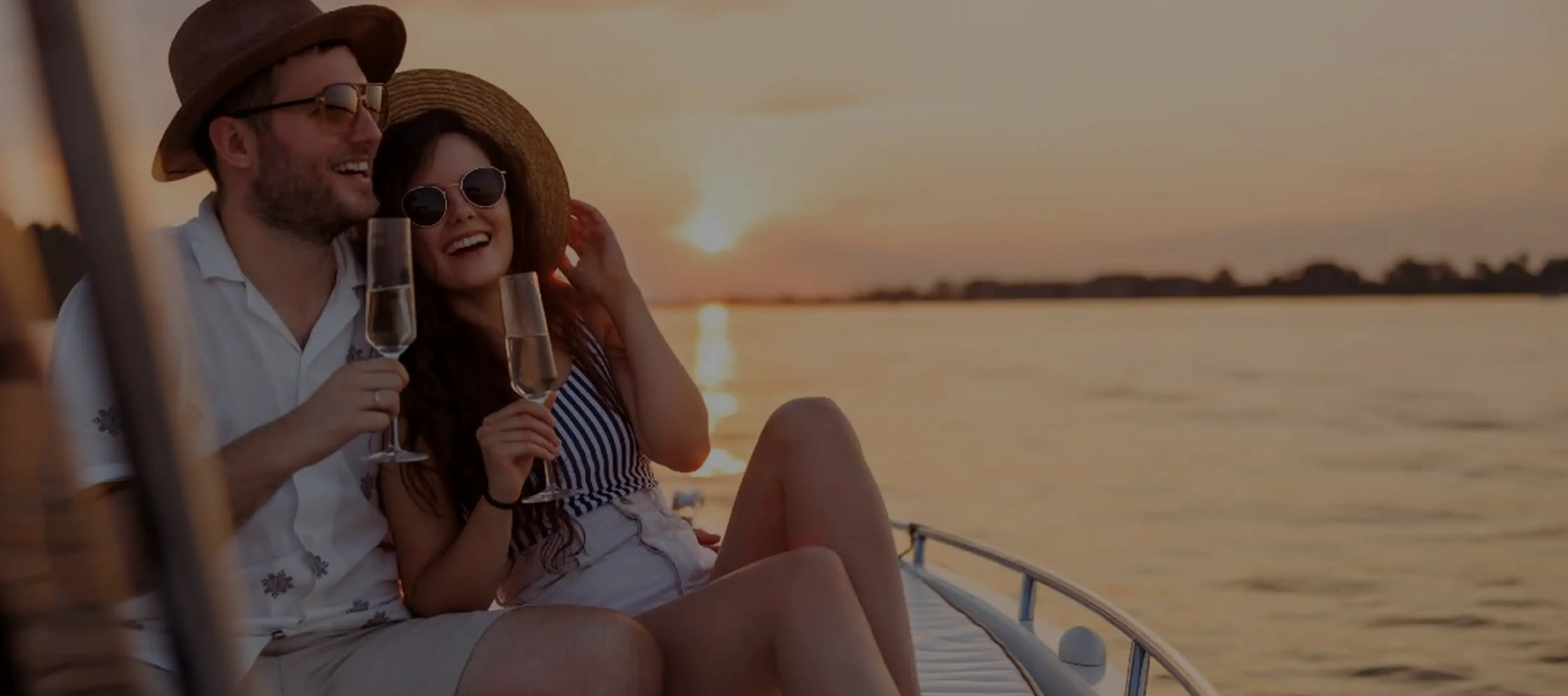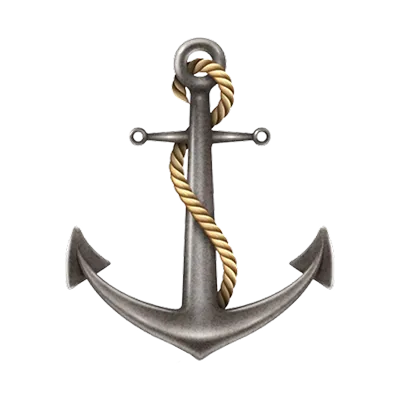We can't find the internet
Attempting to reconnect
Something went wrong!
Hang in there while we get back on track

Experienced Boaters
Make Better Brokers.
Call us today and see for yourself.



Myth-Busting: Does Bigger Always Ride Better in Rough Seas, or Is Hull Design King?
On the water, size helps—but hull design and setup decide the ride. After more than 1,000 yacht transactions and countless sea trials along Florida’s Gulf and Atlantic coasts, our captains-brokers can tell you: the best rough-water performer is rarely just “the bigger boat.” It’s the boat with the right hull, weight distribution, and systems for your sea state and speed.
What “rides better” really means in rough seas
When buyers ask about rough-sea performance, they’re really asking about:
- Comfort: lower vertical acceleration, less slamming, reduced spray.
- Control: predictable tracking up-sea, down-sea, and in a beam sea.
- Safety: dryness, reserve buoyancy, stability, and structural integrity.
- Speed for conditions: the ability to maintain a safe, efficient pace.
Wave height matters, but wave period and direction matter more. A 3–4 ft short Gulf chop can feel harsher than a 6–8 ft Atlantic swell with longer period. The hull that “wins” is the one tuned to your typical sea state.
How size helps—and where it doesn’t
Bigger boats gain:
- Length to span more of a wave face, reducing pitching.
- Inertia to soften vertical motion.
- Freeboard and flare to stay drier.
But size isn’t a magic carpet:
- A long, flat-section planing hull can pound in short, steep chop.
- Heavy boats with the wrong bow entry can plunge and ship spray.
- Large beam can increase snap-roll without stabilizers in beam seas.
- Draft and hull shape can struggle in Florida’s shallow inlets at opposing tide.
A well-designed 32’ deep‑V can run more comfortably in a head sea than a 38’ with a flatter bottom. Conversely, a 42’ power cat in a beam sea can out-stabilize a 50’ monohull at trolling speeds.
Why hull design often matters more
Deadrise and bow entry
- Deep‑V (20–24° at transom) softens head-sea impact and slices chop.
- Fine entry forward reduces slamming; a warped or variable‑deadrise hull balances softness with efficiency.
- Tradeoff: more deadrise usually means more roll at rest unless aided by chines, beam, or stabilization.
Chines, flare, and spray control
- Aggressive chines and spray rails deflect water, keep decks dry, and add lift.
- Bow flare adds reserve buoyancy and dryness in quartering seas.
- Poor chine geometry can trip in tight turns or slap at certain speeds.
Beam, stability, and roll period
- Wider beam increases initial stability but can create a quick, uncomfortable roll.
- Narrower, deeper‑V hulls feel softer into a head sea but may benefit from stabilizers to tame roll in a beam sea.
- Catamarans deliver excellent static and running stability with less roll amplitude.
Weight distribution and center of gravity
- Proper longitudinal balance keeps the bow from stuffing and the stern from squatting.
- Fuel/water load placement, generator location, tender storage, and gyro placement matter as much as LOA.
Construction and structural stiffness
- Laminate schedule, core materials, and framing affect flex and noise—key factors in perceived comfort.
- Heavier isn’t always better, but stiffness with controlled damping is.
Ride control systems
- Gyro or fin stabilizers reduce roll in beam and quartering seas.
- Trim tabs and interceptors optimize running angle and lift.
- Modern pods and joystick systems improve tracking and helm control in rough inlets.
Hull forms in the real world
Deep‑V planing hulls (sportfish, center consoles)
- Strengths: superb head‑sea ride, higher cruise speed in chop, drier decks.
- Consider: more roll at drift/troll; fuel burn rises in heavy slop without tabs/interceptors.
Semi‑displacement motoryachts
- Strengths: comfortable at moderate speed with good economy; fuller sections add buoyancy.
- Consider: may pound if pushed too fast into short chop; benefits from stabilizers.
Full‑displacement trawlers
- Strengths: efficient, predictable motion at lower speeds; excellent range.
- Consider: won’t outrun weather; long-period swell feels fine, short chop can be lively.
Power catamarans
- Strengths: low roll, soft re-entry, great platform stability; efficient in chop.
- Consider: tunnel slap at certain speeds and headings; different handling down-sea.
Florida conditions: match boat to your water
Cape Coral’s short, wind‑against‑tide chop is very different from Port Canaveral’s ocean rollers and inlet bars. Align hull and systems with your mission:
- Typical sea state: Gulf chop favors deeper‑V or cats; Atlantic passages benefit from seakeeping at a range of periods.
- Speed profile: If you want 25–30‑knot cruises in 2–3 ft chop, prioritize deep‑V geometry and spray control; if you cruise 8–12 knots, semi‑displacement or displacement hulls with stabilizers excel.
- Use case: Offshore fishing needs bow entry, cockpit dryness, and drift stability; family cruising rewards low roll and quiet structures.
- Loading: Sea trial with realistic fuel, water, crew, and gear; trim tabs and interceptors should be tuned for your load.
- Down-sea and inlet behavior: Evaluate tracking and bow control on quartering seas and at inlet bars, not just in a head sea.
Quick myth-busters
- “A bigger boat will always be drier.” Not if the bow flare, chines, and sheerline are wrong for your speed and sea.
- “Cats only shine at rest.” Modern power cats ride exceptionally in short chop and beam seas, with efficient cruise.
- “Deep‑V is only for offshore.” In Florida’s short-period chop, a quality deep‑V can be the most comfortable at speed.
- “Stabilizers fix everything.” They tame roll; they don’t cure poor bow entry or flat forward sections that slam.
The bottom line
Length and displacement help, but hull design is king when seas turn messy—especially in the 25’–70’ range most owners operate. The right combination of deadrise, entry, chines, beam, weight distribution, structure, and stabilization will outperform a merely “bigger” yacht in real-world Florida conditions.
Looking for a yacht that truly rides better in rough water? Talk with the seasoned captains at Norwood and Skiff Yacht Group. From Cape Coral to Port Canaveral and across Florida’s East Coast, we bring white‑glove brokerage service and hard‑earned seakeeping insight to every sea trial and closing. Contact us to shortlist and test the right hulls for your waters.